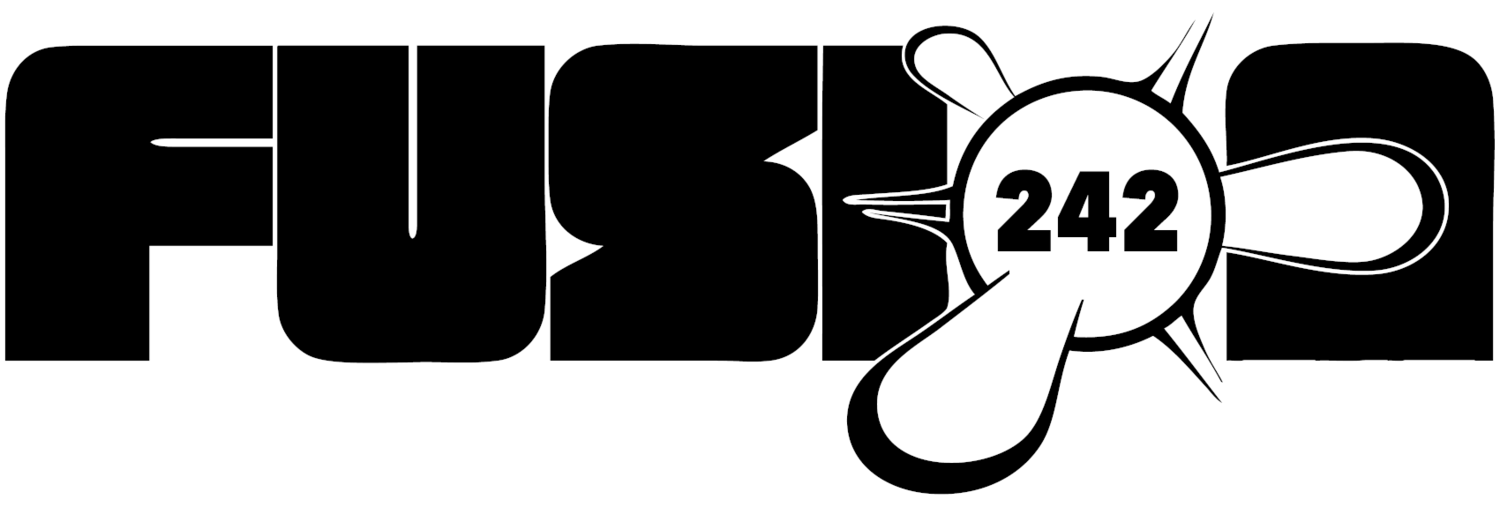Digital twins are virtual representations of real-world objects or systems, such as buildings, machines, or even people.
There are different levels of a digital twin: they can represent a software model (emulating assets rather than communicating with them), receive data from physical assets or provide two way communication with those assets.
The following are some examples of using Digital Twins.
Asset Management
Digital twins can be used to improve asset management in a number of ways. For example, digital twins can be used to simulate the performance of an asset under different conditions, allowing managers to optimise its use and identify potential problems before they occur. This can help to improve the efficiency and reliability of the asset, reducing downtime and maintenance costs.
What is a Digital twin?
Energy Management
A digital twin of a building or power plant can be used to simulate the energy usage and performance of the real-world system, allowing operators to optimise its operation and identify potential problems or inefficiencies. This could help to reduce energy waste and improve the efficiency of energy production and distribution. Digital twins can also be used to test and evaluate new energy management strategies or technologies, allowing operators to assess their performance and potential benefits before implementing them in the real world. This can help to reduce the risk of costly mistakes or unexpected problems.
Healthcare
Digital twins can be used to improve healthcare in several ways, particularly when it comes to in-home care. For example, digital twins can be used to monitor patients remotely, allowing healthcare providers to track their health and wellbeing in real-time. This can help to identify potential problems early on, allowing healthcare providers to intervene before the situation becomes more serious.
Digital twins can also be used to improve the accuracy of diagnoses and treatment plans. By simulating the effects of different treatments on a patient's digital twin, healthcare providers can determine the most effective course of action. This can help to reduce the risk of complications and improve the overall quality of care.
In the context of in-home care, digital twins can also be used to monitor and optimize the performance of medical devices and equipment. This can help to ensure that these devices are working properly and are being used in the most effective way, improving the safety and reliability of in-home care for patients.





